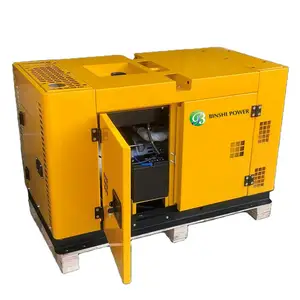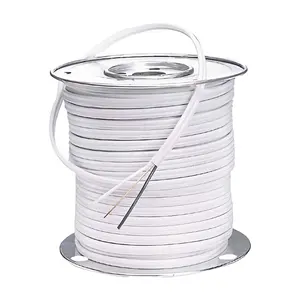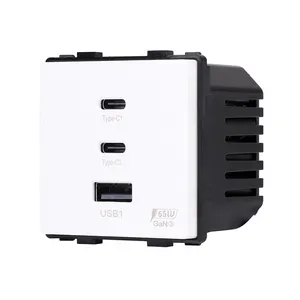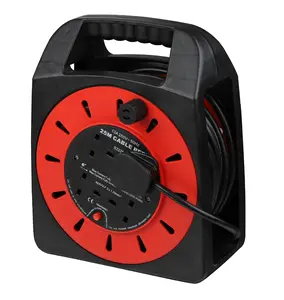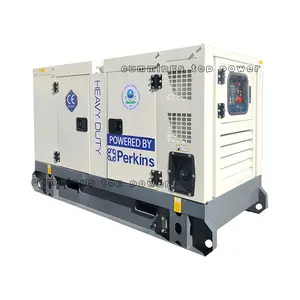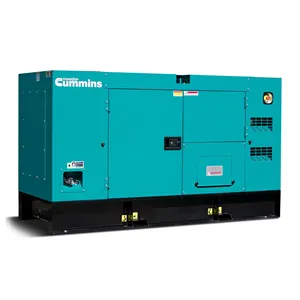Popular in your industry






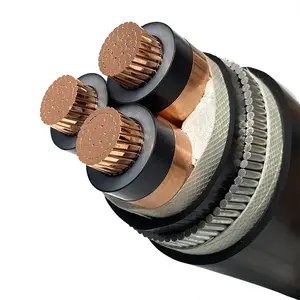


















































Top categories
About 5 core 95mm2 xlpe cable
Understanding 5 Core 95mm2 XLPE Cable
The 5 core 95mm2 XLPE cable is a robust electrical cable designed for heavy-duty power distribution in a variety of industrial settings. XLPE, or cross-linked polyethylene, is the insulation material used in these cables, providing excellent electrical properties and resistance to stress, heat, and chemical interactions.
Construction and Features
A 5 core 95mm2 cable consists of five conductors, each with a cross-sectional area of 95mm2, insulated with high-grade XLPE. This construction ensures a balanced delivery of power across multiple phases and a neutral path, essential for polyphase systems. The cable's design is focused on durability and safety, with a robust outer sheath that protects against environmental factors.
Applications and Uses
Primarily used in power networks, outdoor and indoor applications, and cable ducting, the 5 core XLPE cable is versatile. Its ability to operate in a wide range of temperatures and resist moisture makes it suitable for both overhead and underground installations.
Technical Specifications
The technical specifications of a 95mm2 5 core XLPE insulated cable are crucial for ensuring compatibility with the intended electrical system. Factors such as conductor material, typically copper or aluminum, and the precise dimensions and weight of the cable play a significant role in its performance and suitability for specific applications.
Advantages of XLPE Insulation
XLPE insulation in 5 core cables offers several advantages over traditional PVC insulation, including higher current carrying capacity, better thermal and mechanical properties, and enhanced resistance to chemicals, heat, and environmental stress.
Selection Considerations
When selecting a 5 core 95mm2 XLPE power cable, it's important to consider factors such as the electrical load requirements, the installation environment, and compliance with industry standards. The cable's flexibility and ease of installation are also important for ensuring a smooth and efficient setup.
